How Can Your Biogas Plant Operate at Full Potential Efficiency?
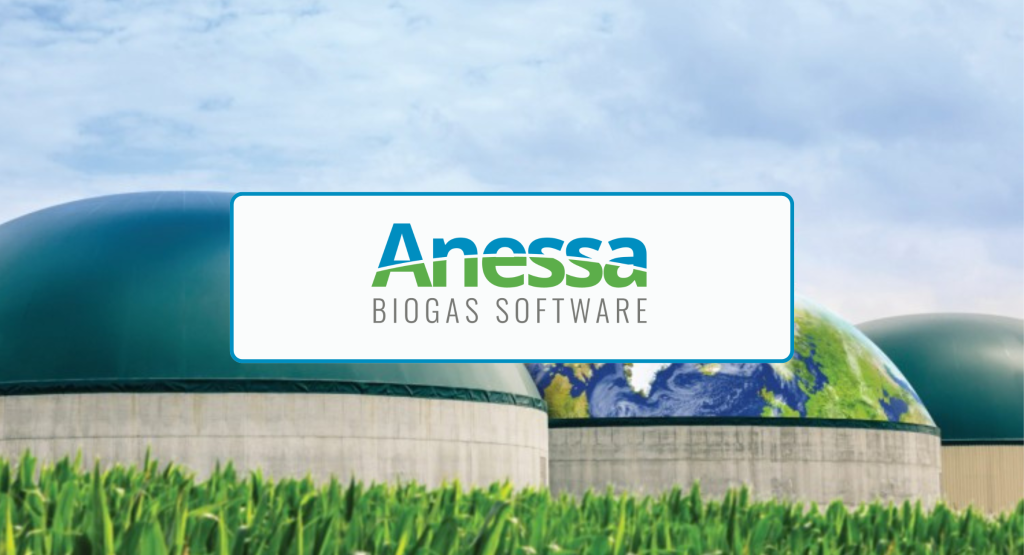
By Farid Sayedin, PhD, P.Eng, PMP, Senior Process Manager at Anessa
Biogas plants play a crucial role in reducing carbon emissions and supporting the circular economy, producing energy in the form of electricity or renewable natural gas. Maximizing efficiency in these plants involves optimizing both feedstock and processes.
Feedstock Optimization focuses on selecting the right feedstocks, maintaining a consistent supply, and determining the best mixtures. Key considerations include the biogas potential of feedstocks (assessed through BMP tests), feedstock consistency, contamination management, and nutrient balance to support the microorganisms driving anaerobic digestion. Combining different feedstocks, such as carbon0rich FOG and protein-rich waste, can also help balance acidity in the digester.
Process Optimization ensures stable conditions, such as maintaining pH levels between 6.8 and 7.5 and keeping the digester temperature at an optimum level. Proper control of Hydraulic Retention Time (HRT), which influences digestion efficiency, and Organic Loading Rate (OLR), which affects the plant’s capacity, is vital for optimal gas production without overloading the system.
Digital Solutions help achieve and maintain high efficiency. Platforms like Anessa AD•O use algorithms based on feedstock characteristics, nutrient balance, OLR, HRT, and other parameters to determine the ideal feedstock mixture for efficient biogas production. Financial factors can also be integrated into the optimization to maximize plant profitability. On the other hand, tools like Anessa AD•M can monitor real-time data from sensors such as pH, temperature, flow rates, tank levels, etc. on a minute-to-minute basis to detect anomalies and suggest corrective actions. These systems reduce trial-and-error, enhance operational efficiency, and prevent issues that could disrupt performance.
For more information, read our Biogas Efficiency Magazine.

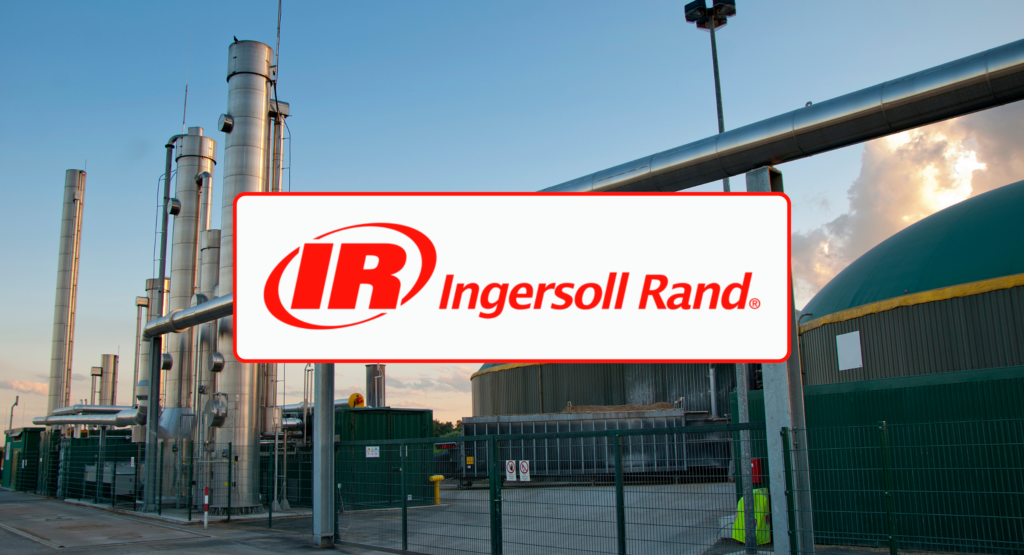
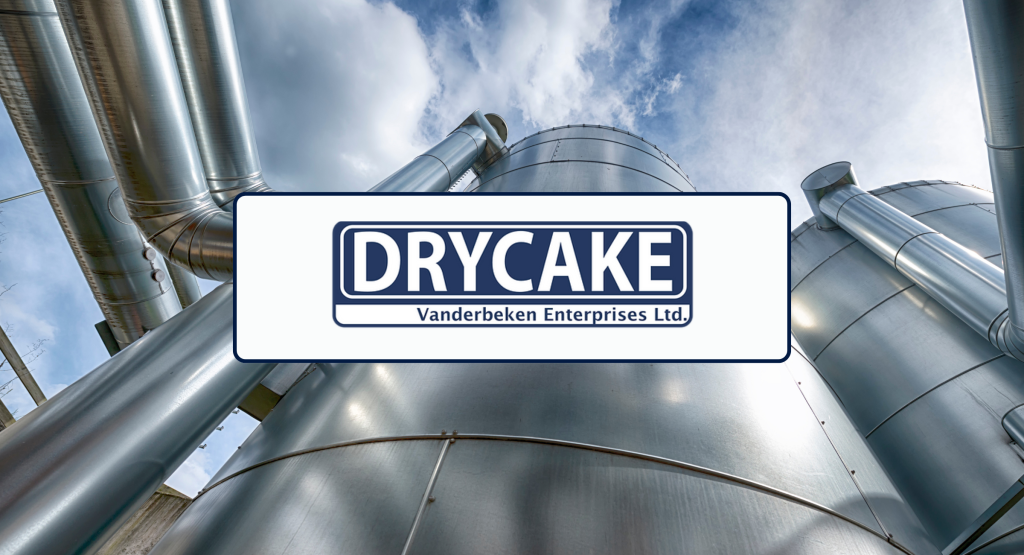

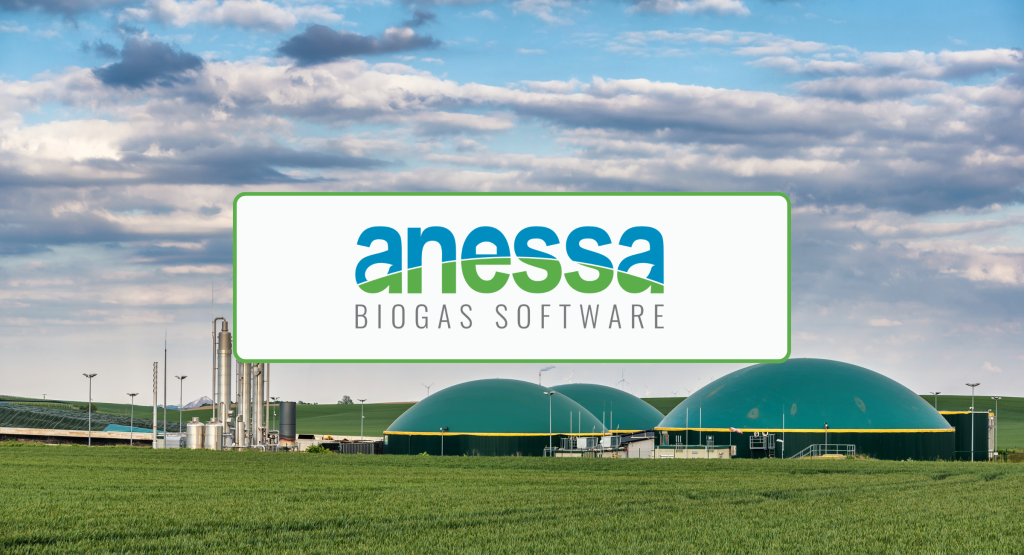
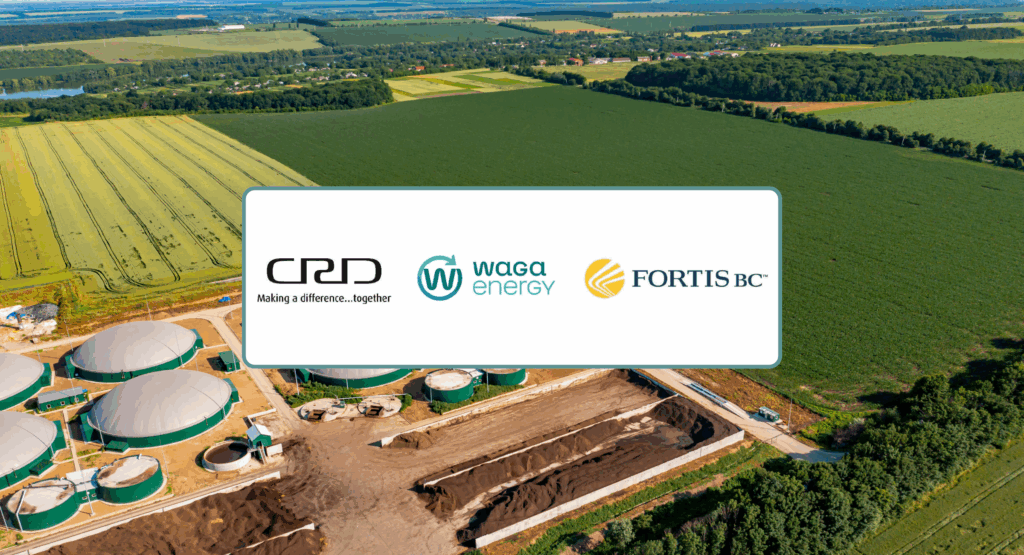
Comments